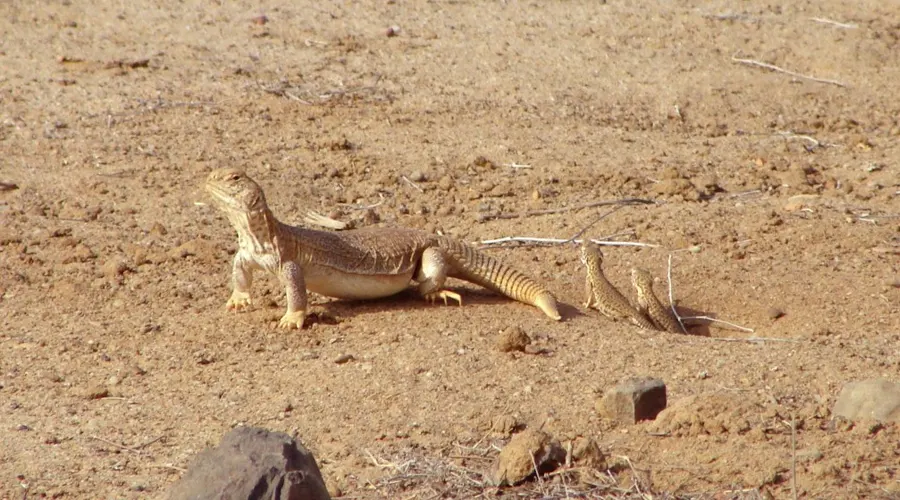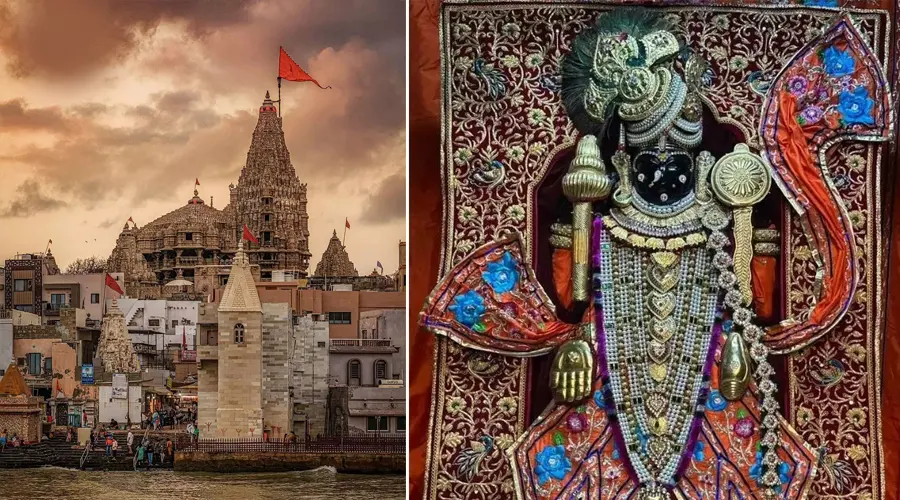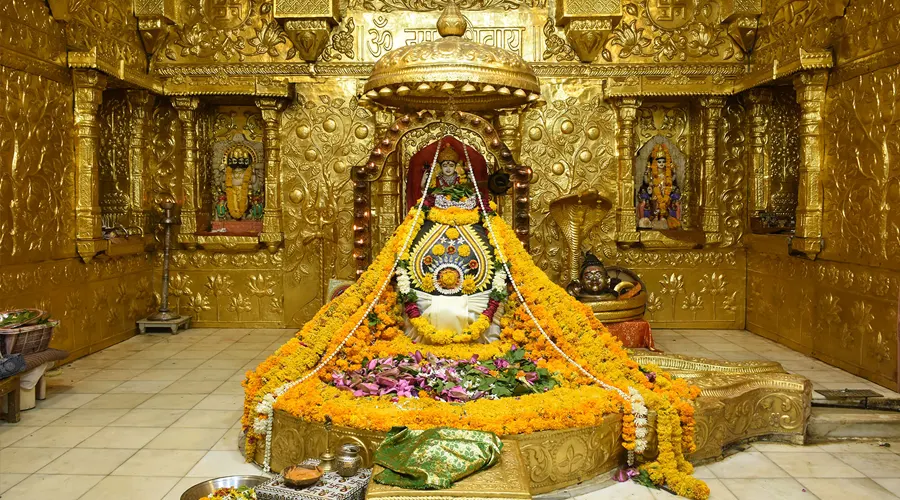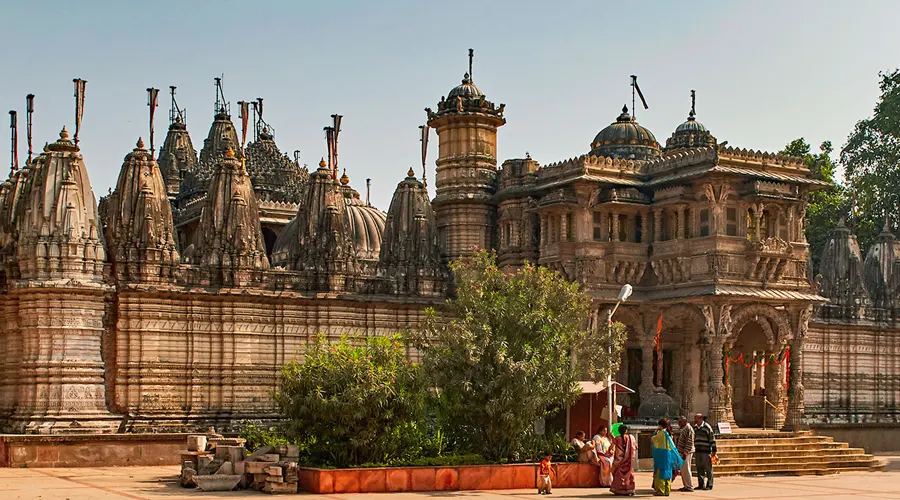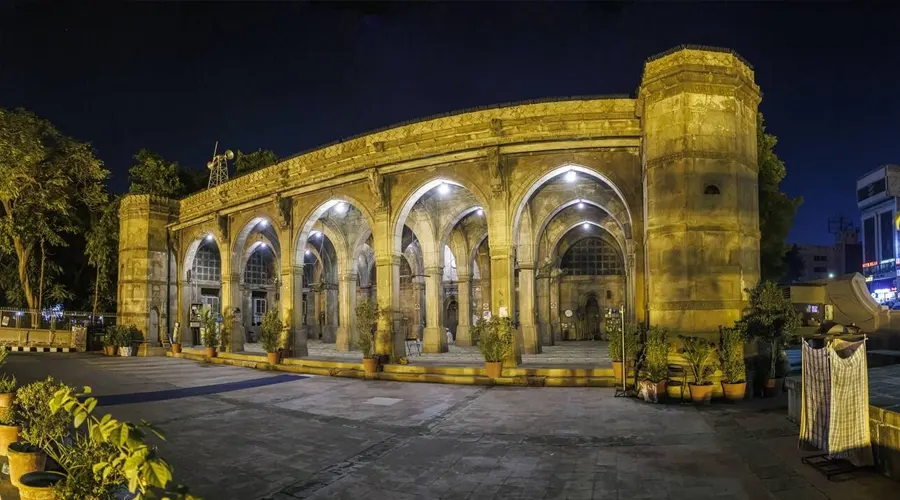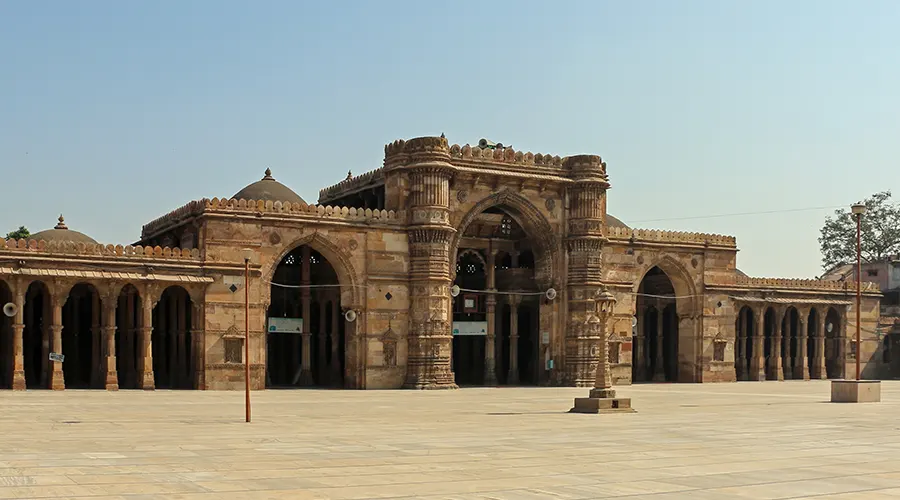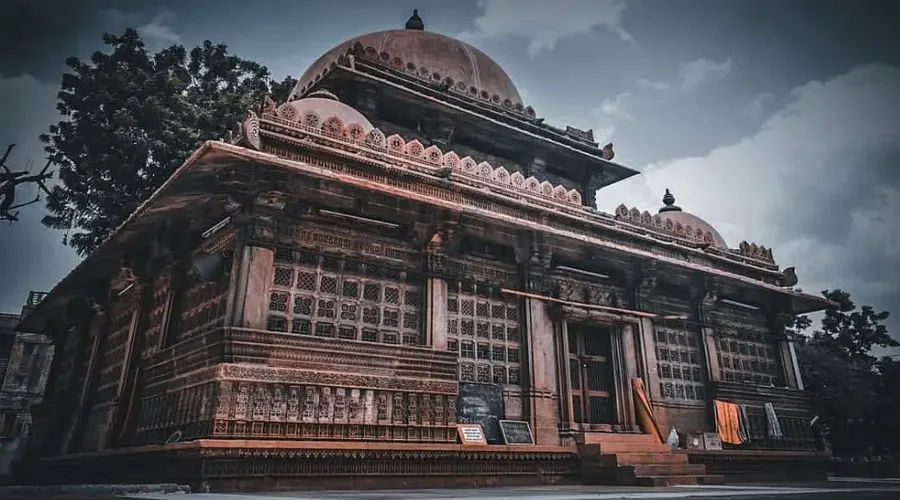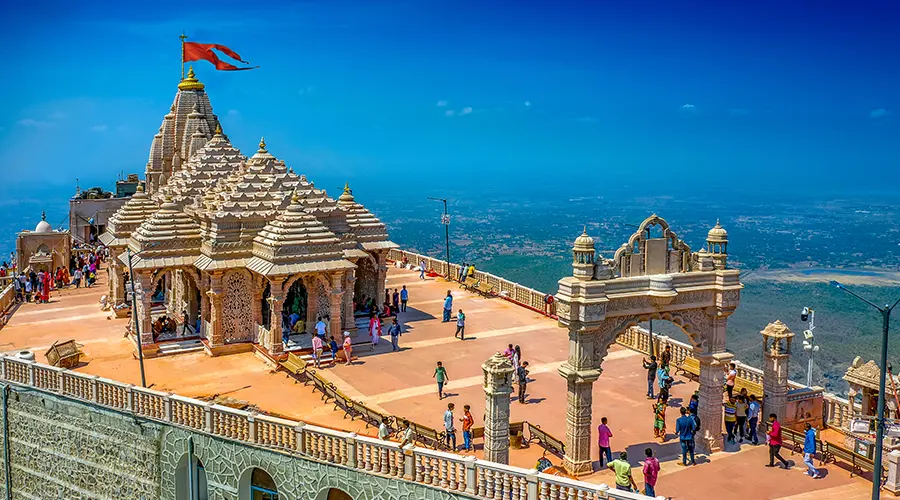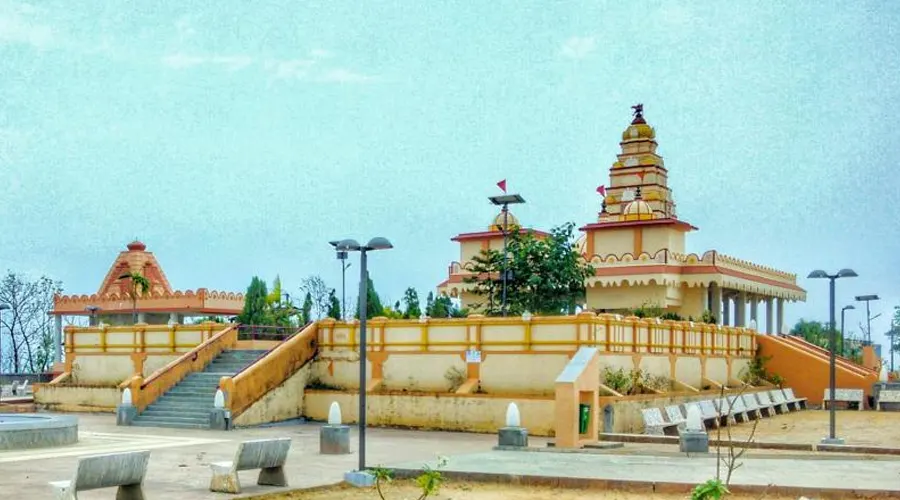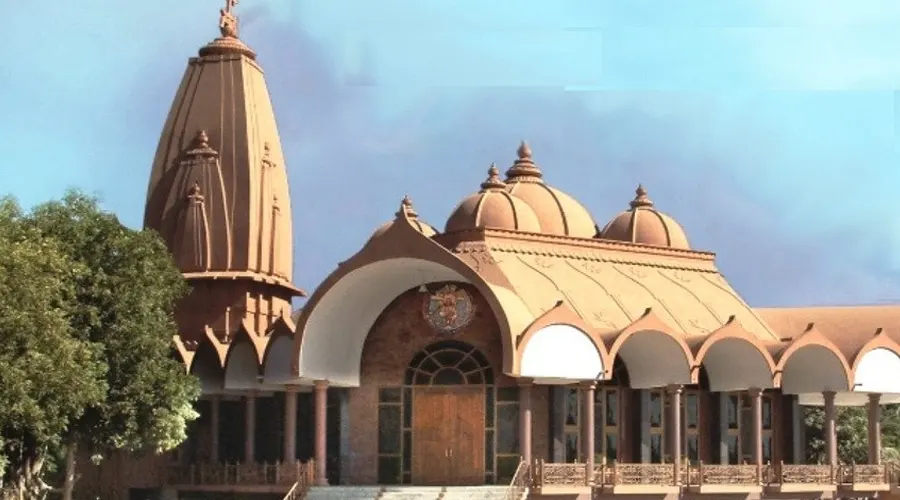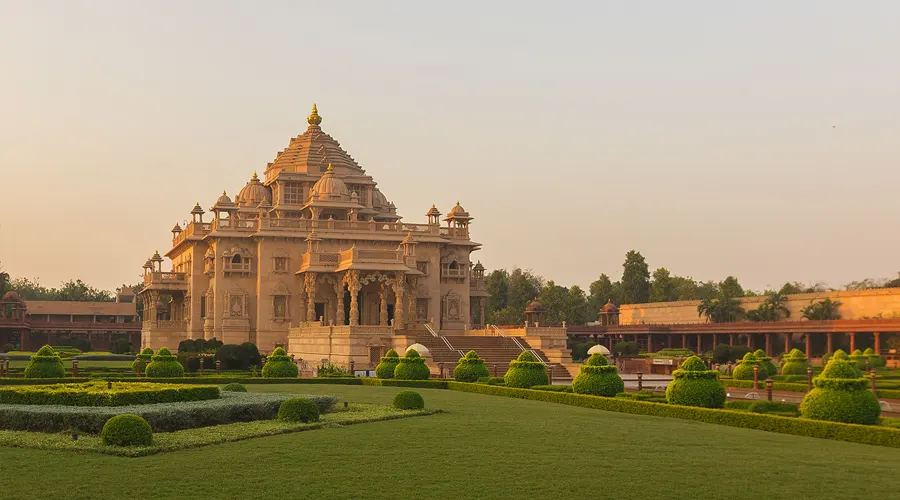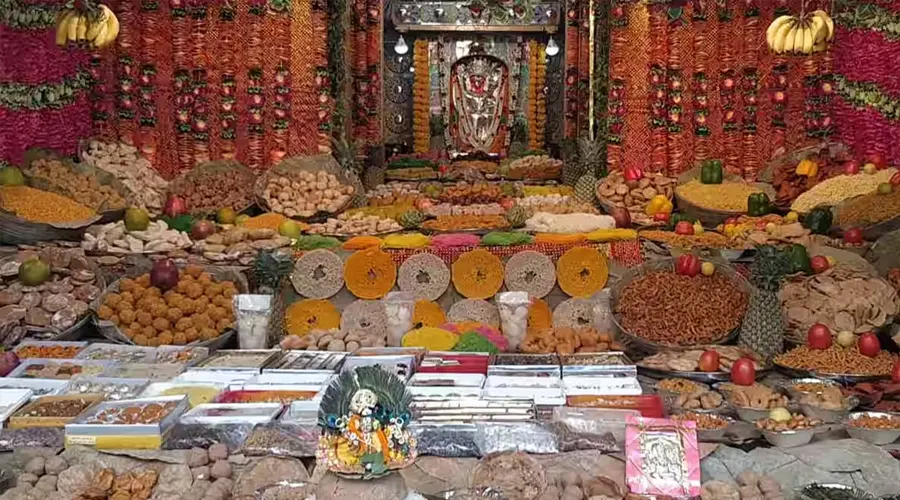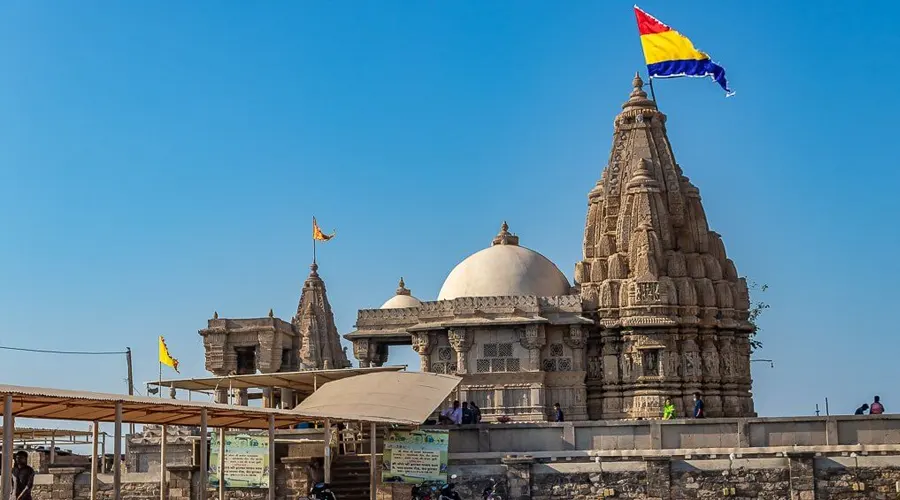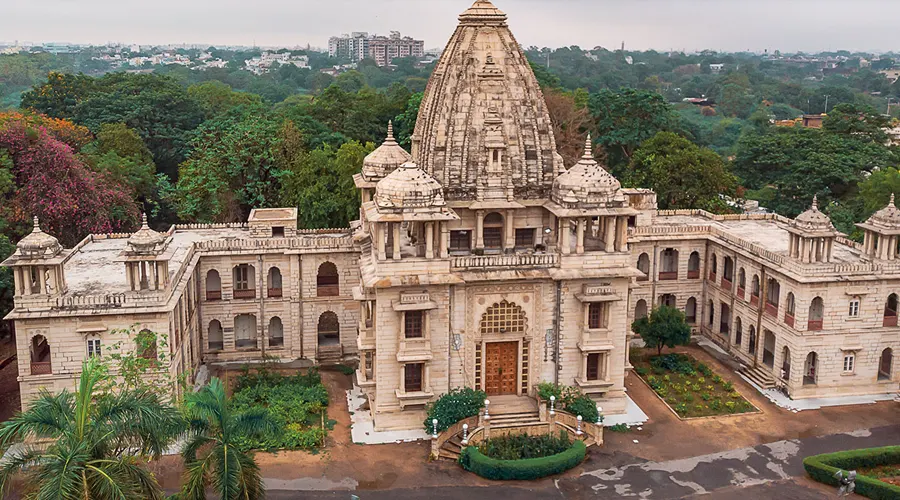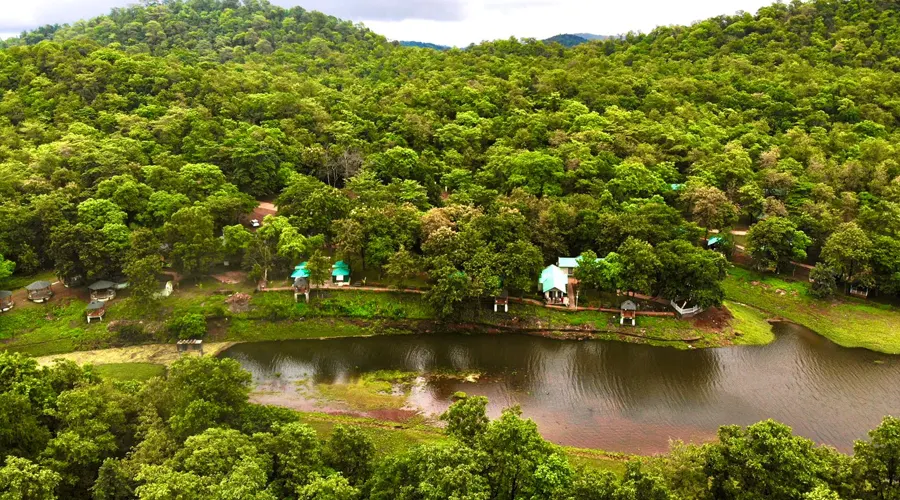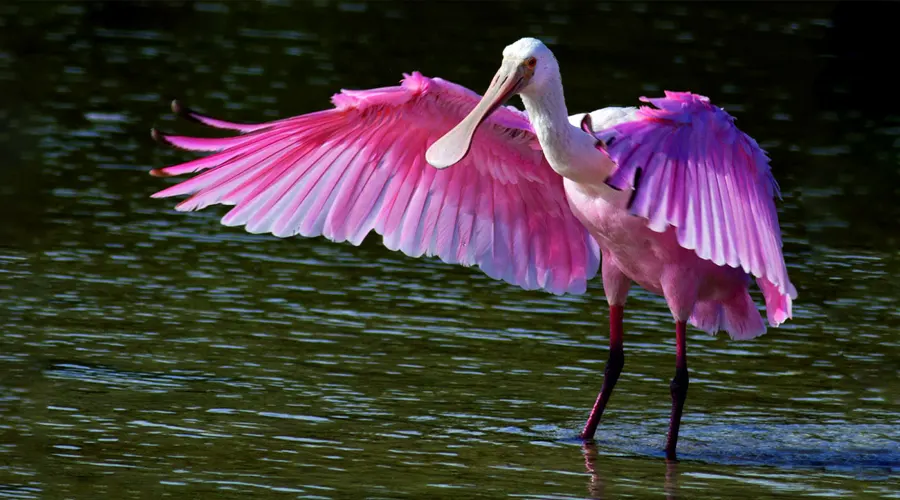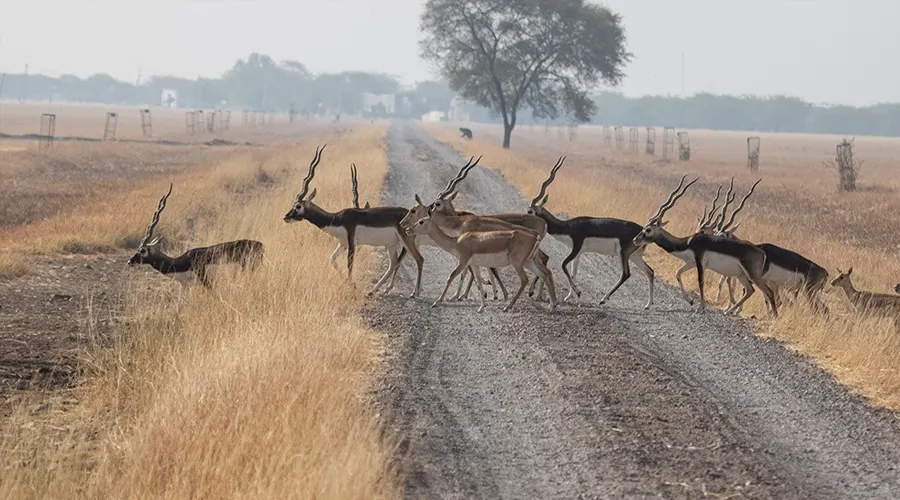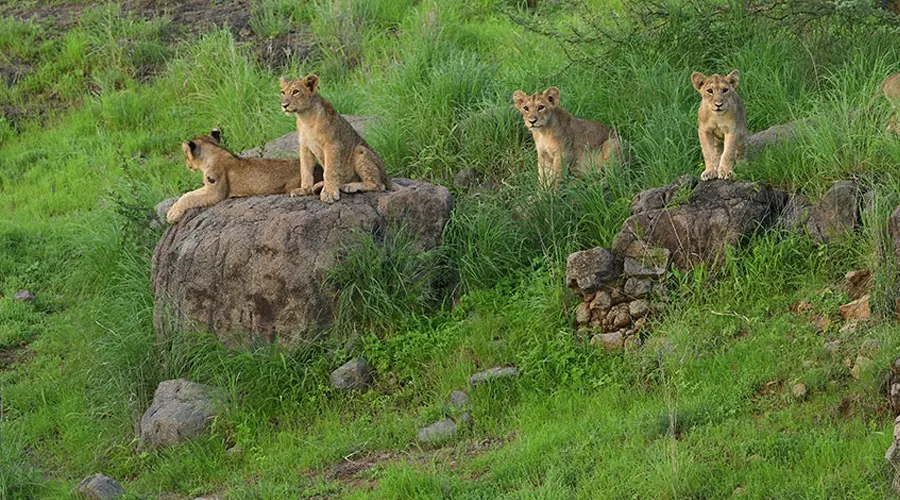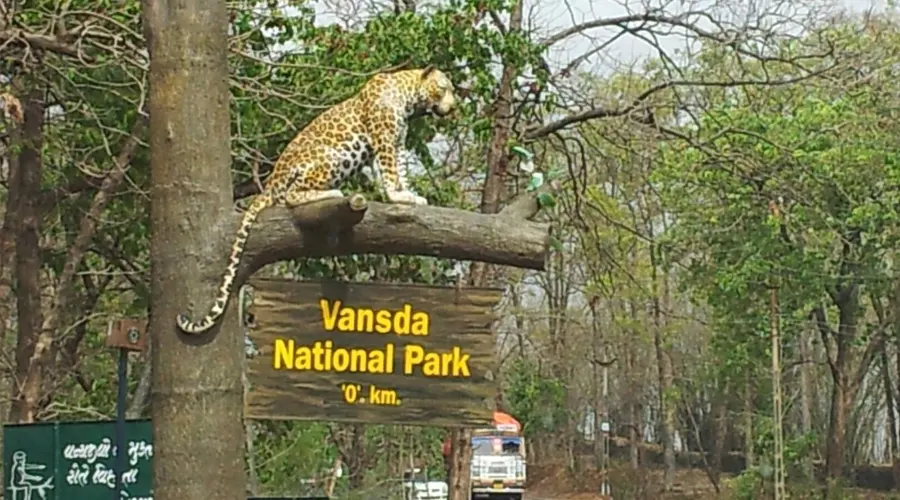Kutch Desert Wildlife Sanctuary
The world-famous 'Flamingo City' is located in the mudflats of the Rann, at a distance of around 10 km. from the Nir outpost on Kala Dungar. Hundreds of greater flamingoes breed here, particularly during the year at the optimum level of inundation. They construct their muddy nests, lay eggs, and rear young ones.
The sanctuary has some other attractions as well. Embedded below the Jurassic and Cretaceous rocks on Khadir, Kuvar, and Pachchham bets, are plenty of fossils of vertebrates, invertebrates, and plants. There are records of recovery of fossils of dinosaurs, crocodiles (of the Dinosaurian period), and whales (of the tertiary period). Fossilized forests have also been found in the rocks belonging to the Jurassic and Cretaceous eras. The fossils of invertebrates include those of ammonites, sea urchins, and others.
Many timid and harmless spiny-tailed lizards, with their typical hide-and-run activity, are found in abundance in this sanctuary. Chinkara, fox, hyena, and nilgai are also in abundance and there are some occasional sightings of caracal. Apart from some resident and migratory birds including raptors, the Houbara bustard is also seen here.
If you love to commune with nature and do not like to be constrained by small places or the presence of guards or restrictions, then this wildlife sanctuary in Kutch is for you. You can travel off the beaten track, set up a tent in the lonely stretches along the coast, and spend a night with no one the wiser. You can live off the land as the locals do. However, a couple of days are good enough and a week to ten days is ideal.
A trip is rewarding as one can see how even barren stretches of land are alive with life and one can see how they have adapted to their surroundings. It is also about the environment and knowing how all life forms are interconnected and dependent on each other.
From here on can take side excursions to Narayan Sarovar, the Wild Ass Sanctuary, and the small Bustard Sanctuary as well.

